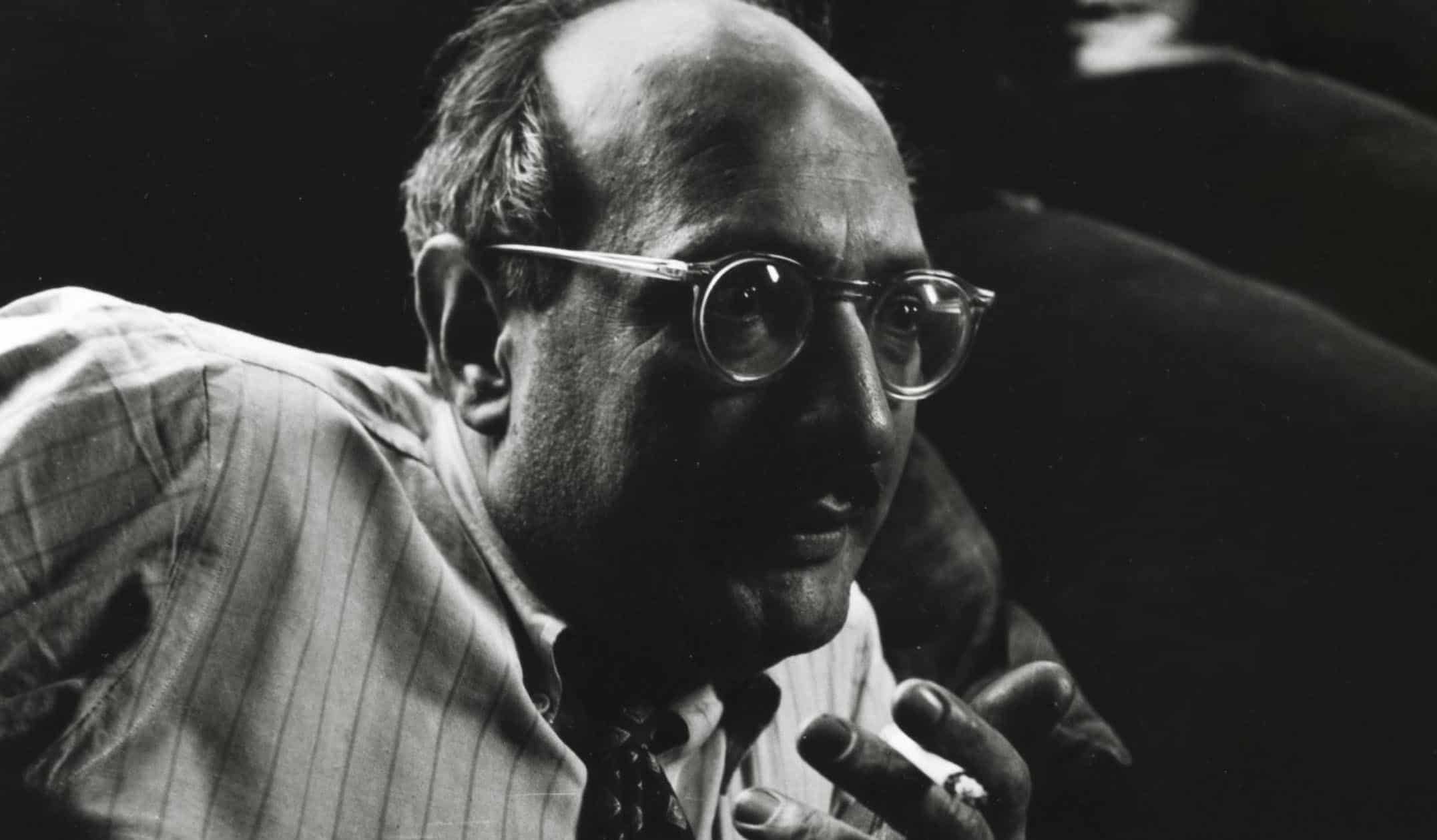Creators
Rothko Manifesto: Modernity for the Modern Artist
Mark Rothko was a modern artist. Perhaps even the first true Modernist. Genius? Maybe. Prolific thinker and writer? Definitely.
The letter Mark Rothko wrote with Adolph Gottlieb to the New York Times in 1943 has since become the ‘Artist’s Manifesto’. It is an important statement about modern art, life, and culture. How does one define Modernity? What does it mean to make art or be a modern artist? In the context of today’s creator culture, the letter almost reads like a prophecy. If only he had known what was to come.
A Letter from Mark Rothko and Adolph Gottlieb to the Art Editor of the New York Times
June 7, 1943
Mr. Edward Alden Jewell
Art Editor, New York Times
229 West 43 Street
New York, N. Y.
Dear Mr. Jewell:
To the artist, the workings of the critical mind is one of life’s mysteries. That is why, we suppose, the artist’s complaint that he is misunderstood, especially by the critic, has become a noisy commonplace. It is therefore, an event when the worm turns and the critic of the TIMES quietly yet publicly confesses his “befuddlement”, that he is “non-plussed” before our pictures at the Federation Show. We salute this honest, we might say cordial reaction towards our “obscure” paintings, for in other critical quarters we seem to have created a bedlam of hysteria. And we appreciate the gracious opportunity that is being offered us to present our views.
We do not intend to defend our pictures. They make their own defense. We consider them clear statements. Your failure to dismiss or disparage them is prima facie evidence that they carry some communicative power.
We refuse to defend them not because we cannot. It is an easy matter to explain to the befuddled that “The Rape of Persephone” is a poetic expression of the essence of the myth; the presentation of the concept of seed and its earth with all its brutal implications; the impact of elemental truth. Would you have us present this abstract concept with all its complicated feelings by means of a boy and girl lightly tripping?
It is just as easy to explain “The Syrian Bull”, as a new interpretation of an archaic image, involving unprecedented distortions. Since art is timeless, the significant rendition of a symbol, no matter how archaic, has as full validity today as the archaic symbol had them. Or is the one 3000 years old truer?
But these easy program notes can help only the simple-minded. No possible set of notes can explain our paintings. Their explanation must come out of a consummated experience between picture and onlooker. The appreciation of art is a true marriage of minds. And in art, as in marriage, lack of consummation is ground for annulment.
The point at issue, it seems to us, is not an “explanation” of the paintings but whether the intrinsic ideas carried within the frames of these pictures have significance. We feel that our pictures demonstrate our aesthetic beliefs, some of which we, therefore, list:
- To us art is an adventure into an unknown world, which can be explored only by those willing to take the risks.
- This world of the imagination is fancy-free and violently opposed to common sense.
- It is our functions as artists to make the spectator see the world our way—not his way.
- We favor the simple expression of the complex thought. We are for the large shape because it has the impact of the unequivocal. We wish to reassert the picture plane. We are for flat forms because they destroy illusion and reveal truth.
- It is a widely accepted notion among painters that it does not matter what one paints as long as it is well painted. This is the essence of academicism. There is no such thing as good painting about nothing. We assert that the subject is crucial and only that subject matter is valid which is tragic and timeless. That is why we profess spiritual kinship with primitive and archaic art.
Consequently, if our work embodies these beliefs, it must insult anyone who is spiritually attuned to interior decoration; pictures for the home; pictures for over the mantle; pictures of the American scene; 2 social pictures; purity in art; prize-winning potboilers; the National Academy, the Whitney Academy, the Corn Belt Academy; buckeyes, trite tripe; etc.
Sincerely yours,
[signed]
Adolph Gottlieb
Marcus Rothko
130 State Street Brooklyn, New York
(Transcribed from Mark Rothko’s papers at the Smithsonian Museum’s Archives of American Art.)
Here are links to the works mentioned:
Adolph Gottlieb, The Rape of Persephone, 1943,
Mark Rothko, The Syrian Bull, 1943.


